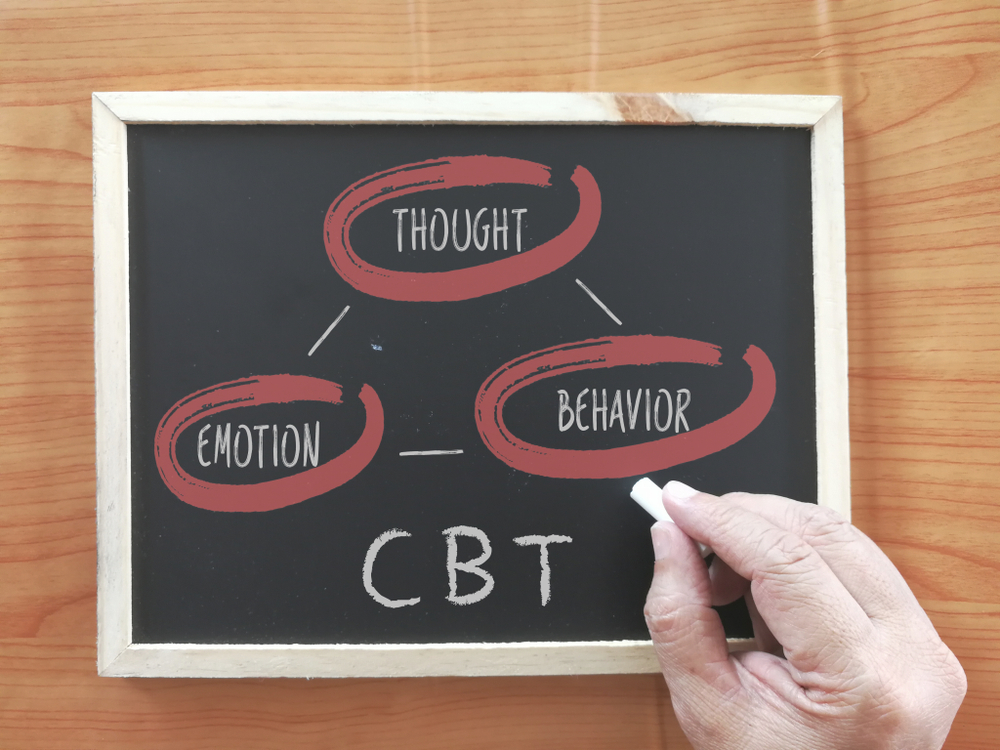Blog / Video #7
Humans have an ability that other animals do not, which is to think, mull over things and come to conclusions. Gazelles, for example, are threatened by predators, but never by their own thoughts. I can be safe from predators, fed, warm, dry, and yet still in a state of panic. How do I manage that?
A lot of our mental health issues, physical health issues, relationship issues, and even reality issues depend on how successfully we are dealing with the scale and timing of our response to threat. A gazelle with a nice warm house, a fridge full of food and a locked front door would be in nervous system heaven. We can be a basket case, and the reason is because sometimes our biggest threat is ourselves.
The Thinking, Human Brain
These days, in a modern western country, there is not a great deal of life or death threat for us to deal with. However, our nervous systems are still running hot, causing us all sorts of secondary problems. One of the biggest culprits in this is our thinking, human brain. I can make myself panic with a simple thought. It could be that nobody loves me, or that I’m going to get fired, or that I’m poor, fat, lazy and stupid. Whatever the thought, my body can react to it in exactly the same way as if I saw a lion on the horizon. I have created my own internal threat.
This internal threat can then trigger a dysregulated nervous system into a massive reaction. This reaction is typically unhelpful. It is out of scale with the problem and makes our bodies feel like things are worse than they are. We might then follow this up with further thoughts, which are feeding off these signals of danger from our bodies. This then escalates and, before we know it, we are off to the races with a full-blown panic attack. It’s not very smart, or helpful.
Trying to untangle this knot raises the question; which came first, the thought or the panic? People seem to disagree about this. There is a useful therapeutic tool, CBT (cognitive behavioural therapy), which seeks to interrupt this kind of thinking. The activation it causes will lead to either a mobilised response (like fight or flight) or a shut-down response (like freeze). Psychologists often call these states anxiety or depression. So, CBT has gained huge popularity as a treatment for anxiety and depression. But is it?
Chicken or the Egg?
Why do you think we create these internal threats in the first place, these thoughts which we find so threatening? Two people get made redundant on the same day from a company. The next morning one wakes up early and is excited to get on with his day and find a new job. The other lies in bed, terrified that he will never find another job. Which one do you think finds another job? Why are these two people so different?
The first person has a well-regulated nervous system. He is responding appropriately to the level of threat. It’s not overwhelming. It’s just a problem to solve, so he is active, up early, and sets about solving it. The second person is overwhelmed. His system crashes because his feeling (his neuroception) of threat is too great. This is a classic sign of a dysregulated nervous system.
This shows that our thinking can be largely derivative of how healthy, resilient and regulated our nervous system is. Therefore, many of the problems which are exasperated by catastrophic thinking, or poor behaviour patterns, can be alleviated by regulating the nervous system first, before addressing your thinking and behaviour.
The difference, in my view, is that stopping the thinking and/or behaviour only stops us pouring petrol on the fire. The nervous system is the fire. So if you only do CBT, and don’t work to regulate the nervous system which is triggered by these thoughts, you cannot be free of anxiety or depression. You are only holding it at bay.
You can download this post in a handy 2-page PDF to print and share with friends, family, clients or colleagues. Follow this link to download now.
You can buy a copy of The Invisible Lion now on kindle or paperback from your local Amazon store. Just click here to buy now.


